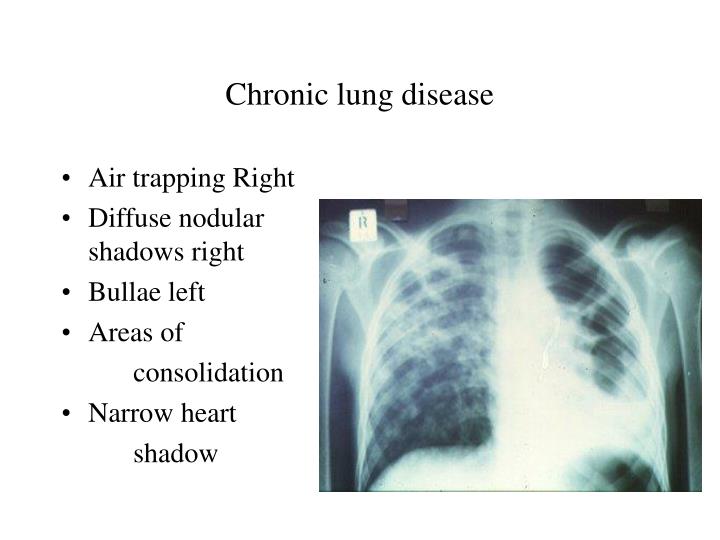

MEDIUM CRACKLES: may indicate middle airway secretions (segmental to terminal bronchi) Bronchial hygiene may be required. This might be from an respiratory infection that produces large amounts of mucus. There are 3 types of crackles that may indicate specific disease states COARSE, MEDIUM, & FINE.ĬOARSE CRACKLES: also called RHONCHI may indicate large airway secretions (trachea, main bronchus) Patient may need to cough, or have th eir airway suctioned by the RT. In addition, normal BRONCHIAL sounds should ONLY be heard over the trachea and the bronchi.ĪBNORMAL BREATH SOUNDS, also known are ADVENTITIOUS and include the undesirable variations: CRACKLES WHEEZING STRIDOR SILENT CHEST PLEURAL FRICTION RUBĬRACKLES: (they sound like rice krispies) also known as RALES can indicate fluid or secretions (mucus) Often a clinician will say the patient sounds “wet”. The movement of the air should be low pitched quiet breathing, without any high pitched sounds or crackling. This should include all lung fields including the periphery or the lung borders. NORMAL BREATH SOUNDS, also known as VESICULAR, should be equal or BILATERAL over both lung fields. If you need to know more about bronchitis, or to get advice on what to do next, call healthdirect on 1800 022 222 to speak with a registered nurse, 24 hours, 7 days a week.So what is the therapist hearing? First, let’s define the basics of Normal vs. Pneumonia is a possible complication of bronchitis.

Getting vaccinated against influenza (the flu) and COVID-19 can reduce your risk of having severe illness or complications with these infections. What are the complications of bronchitis? If you smoke, cut down or quit to reduce your risk of bronchitis. cover your mouth when coughing or sneezing.To reduce the spread of viruses that can cause bronchitis, you should: Avoid cigarette smoke and other irritants.Ĭough medicines are available, but they might or might not help you.Do NOT give honey to children under 12 months of age. Take a teaspoon of honey at night, either by itself or in warm water.Take simple pain relief medicines, such as paracetamol or ibuprofen (follow the directions on the label).You can help ease your cough and other symptoms with some self-care measures. The Australian Commission on Safety and Quality in Health Care has developed a guide which can be used with your doctor to help you decide whether to use antibiotics when you or your child has acute bronchitis. How is bronchitis treated?īronchitis is most often caused by a virus, so antibiotics won't help. Your doctor may recommend tests, such as a nose and throat swab to find out the cause of your infection.Ī chest x-ray is usually not necessary. They will listen to your chest with a stethoscope to check your breathing sounds. Your doctor will ask about your symptoms and perform a physical examination. See your doctor if your cough lasts longer than 2 to 3 weeks.įIND A HEALTH SERVICE - The Service Finder can help you find doctors, pharmacies, hospitals and other health services. If you are very unwell or not getting better, or if you get worse, see your doctor. Most people with acute bronchitis will feel better with time and rest. those who haven’t been vaccinated against influenza, pneumococcal disease or whooping cough.those with a lung condition, such as asthma.those breathing in irritating chemicals.

People at higher risk of acute bronchitis include: What can increase your risk of getting bronchitis? Sometimes bronchitis may be caused by a bacterial infection. You can also catch viruses if you touch a surface with virus on it (for example, a doorknob) and then touch your eyes, nose or mouth. These can be spread through the air when someone coughs.


 0 kommentar(er)
0 kommentar(er)
